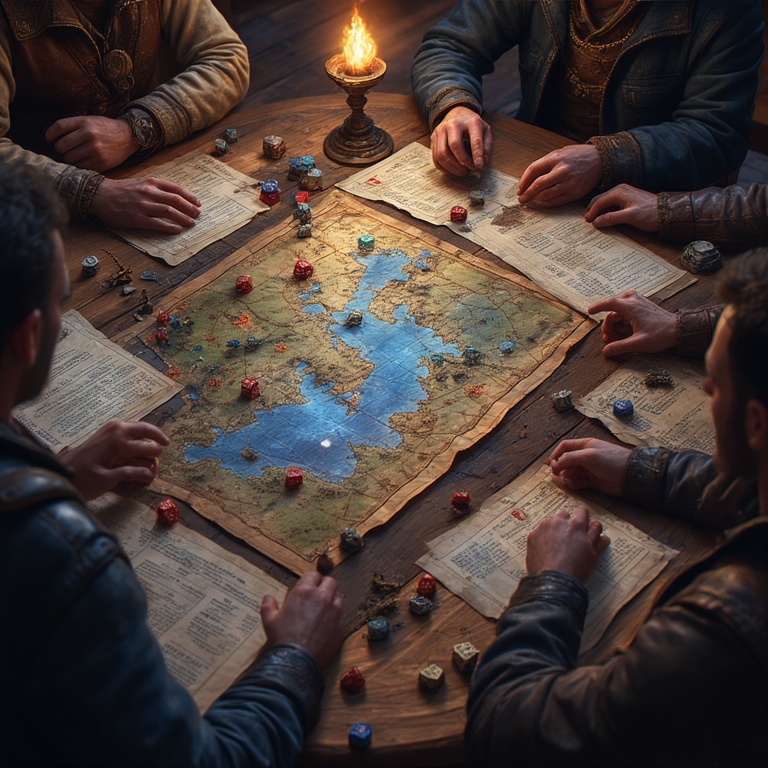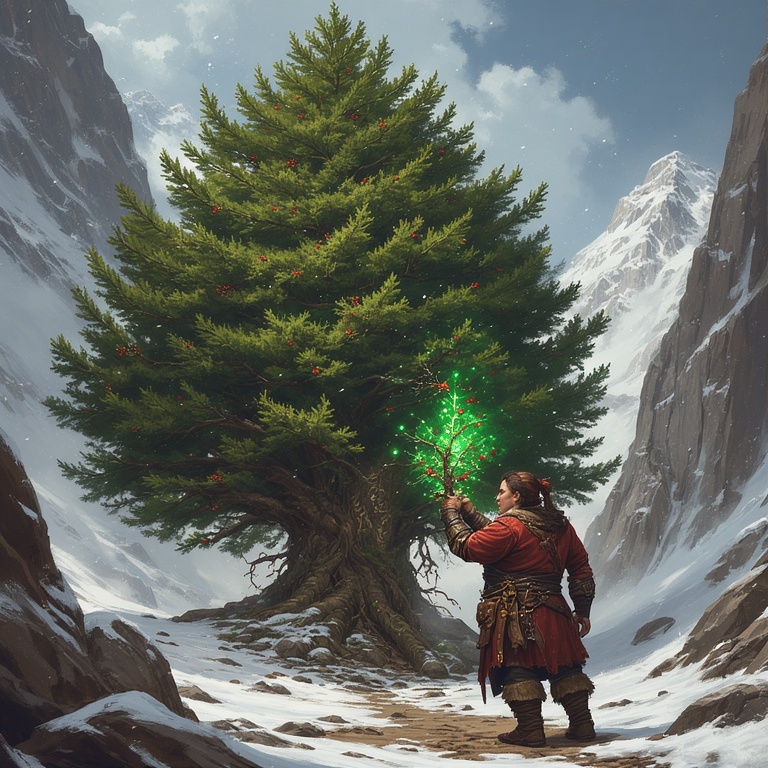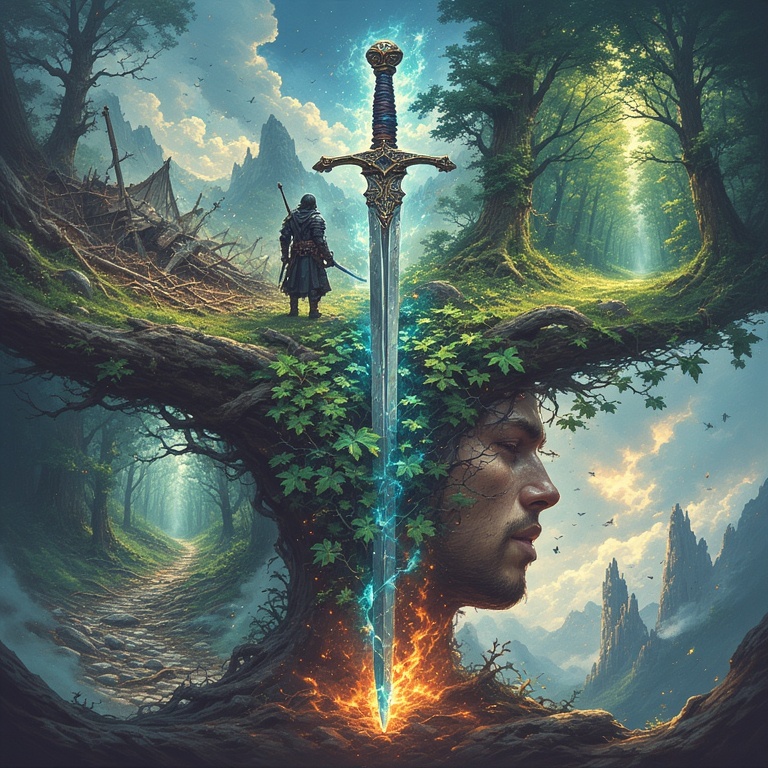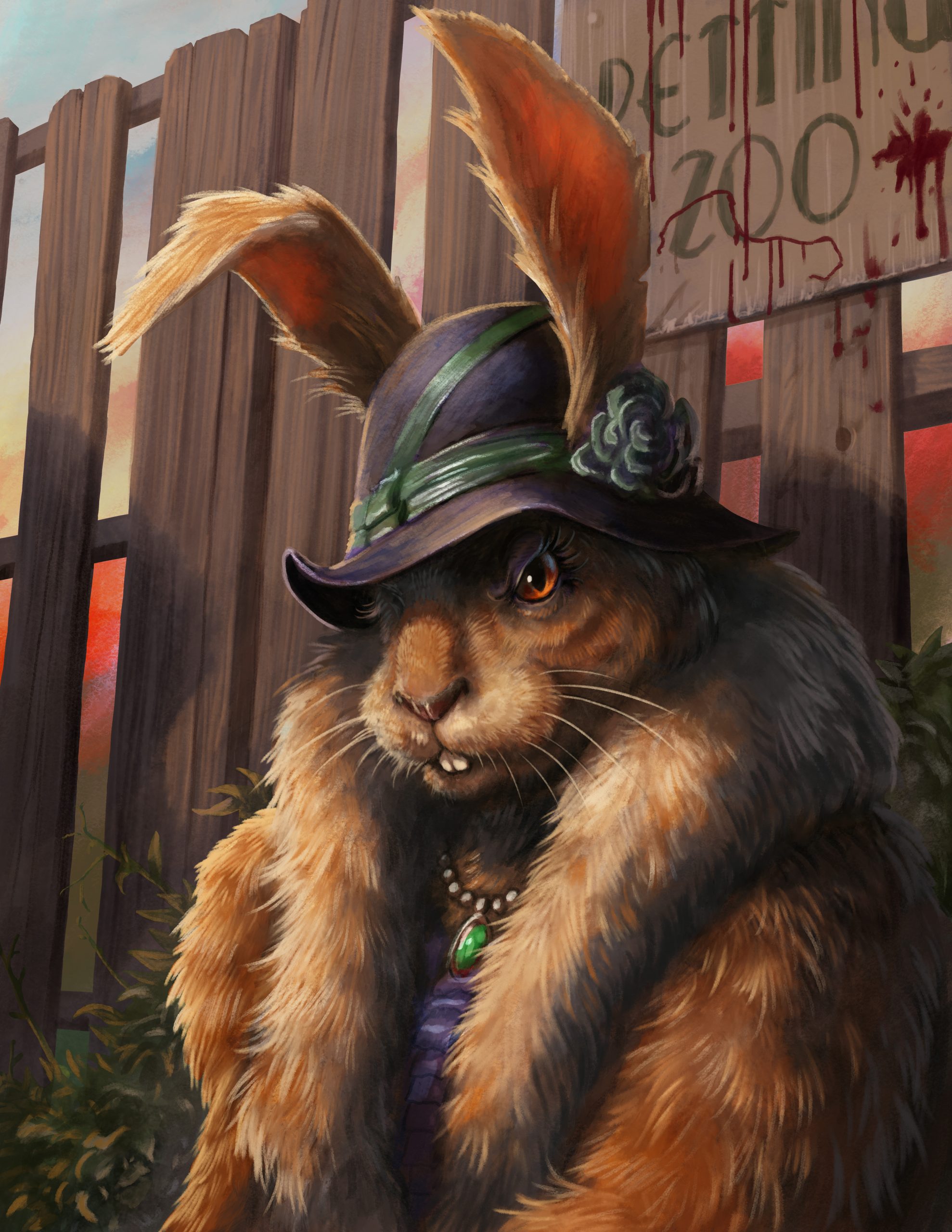
👁️ Doll’s Eyes: Hazards in the Haunted Grove
The natural world is already strange enough to spark fantasy. Take, for instance, the Doll’s Eyes plant (also called White Baneberry), a wildflower whose berries look uncannily like staring eyes.  Encountering one in the real world is unsettling—finding a whole grove feels like stumbling into a nightmare. Inspired by the Monkey Orchid I decided to do some more of these. Check out the monkey Orchid here.
Encountering one in the real world is unsettling—finding a whole grove feels like stumbling into a nightmare. Inspired by the Monkey Orchid I decided to do some more of these. Check out the monkey Orchid here.
Now imagine bringing that same uncanny feeling into your Dungeons & Dragons game. What if those eerie berries weren’t just strange—they were alive, watching, whispering, and lashing out when disturbed? With a little creativity, Doll’s Eyes can become one of the most memorable hazards your players ever stumble across.
🌿 Lore of the Doll’s Eyes
Legends claim that Doll’s Eyes sprouted from the grief of slain dryads, their sorrow crystallized into seeds that forever watch the mortal world. Fey courts plant them around sacred groves as natural sentinels, while hags and dark druids cultivate them as guardians and spies.
When adventurers pass through, the berries open like little orbs, following their every move. The feeling of being watched is more than paranoia—these plants really see.
👁️ Role at the Table
Doll’s Eyes are best used not as combatants but as hazards—strange, eerie flora that change the atmosphere of a location. They create tension and mystery, and they offer temptation in the form of magical berries that players may risk harvesting.
Think of them as a natural alarm system tied to the land’s supernatural denizens.
🎲 Mechanical Hazard: The Watcher’s Grove
Location Effect:
-
While in a grove of Doll’s Eyes, all Stealth checks are made with disadvantage unless the plants are neutralized or destroyed.
-
Any creature tied to the grove (dryads, hags, druids, or even an awakened tree) can sense intruders as if using clairvoyance.
Triggered Effect:
-
A creature that touches or damages a Doll’s Eye berry must succeed on a DC 14 Wisdom saving throw or take 1d4 psychic damage and become frightened until the end of their next turn.
-
On a failed save by 5 or more, the berry lets out a psychic “scream,” alerting nearby guardians.
Harvesting:
-
With a DC 15 Nature check, a character can pluck a berry without triggering its defense.
-
A harvested berry can be eaten or brewed into a potion. Consuming it grants the effects of clairvoyance for 10 minutes (scrying through the berry’s “eye”). The user then takes 1d4 psychic damage as the berry dissolves into ash.

🧙 Adventure Hooks
-
The Staring Forest: Villagers refuse to hunt in nearby woods, claiming the trees “grow eyes at night.” The party must venture in and discover a grove of Doll’s Eyes cultivated by a coven of hags.
-
The Seer’s Bargain: A wandering druid sells “oracular berries,” each of which contains visions of the future—but harvesting them risks angering the grove’s protector, a massive awakened tree.
-
The Eye Collector: An archfey patron sends warlocks to gather Doll’s Eye berries, using them as crystal balls to watch the Material Plane. Rival adventurers may be racing the party to gather the same resource.
✨ Why It Works
The best hazards aren’t just damage-dealers. They create mood. Doll’s Eyes lean into creepiness, paranoia, and temptation. Your players will remember the image of a forest floor covered in unblinking eyes long after the session ends.
They also balance risk and reward beautifully: leave the berries alone, and you’re safe (but watched). Harvest them, and you gain powerful one-use magic—if you’re brave enough to face the consequences.
⚔️ DM’s Tip: Always pair a grove of Doll’s Eyes with something that benefits from their presence—a hag, a hidden shrine, or a fey spirit who uses them as spies. That way, the plants aren’t just decoration—they’re part of the story.
Thanks for reading. Until Next Time, Stay Nerdy!!










No Comments